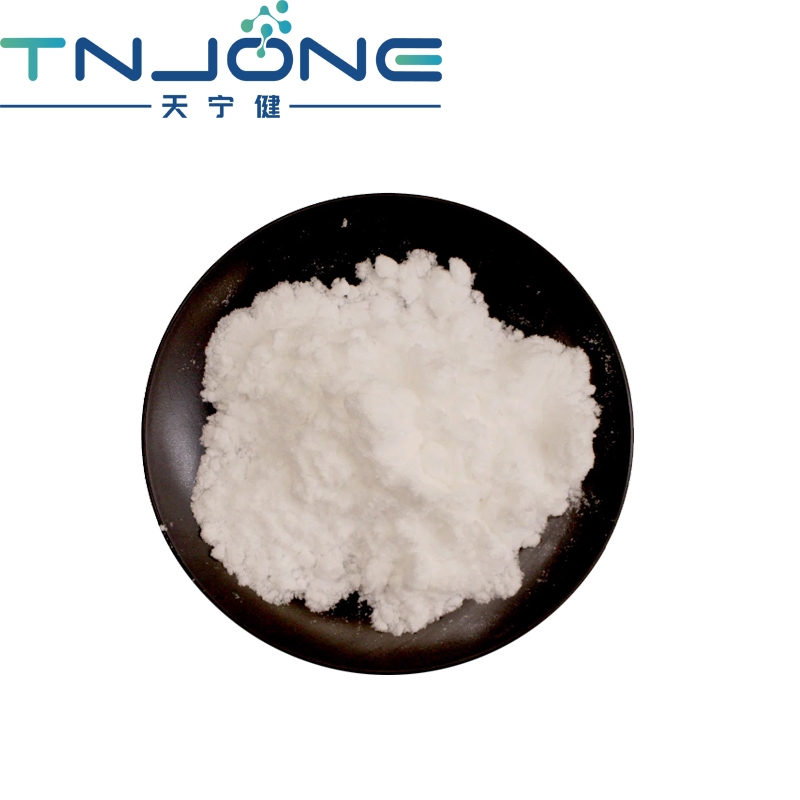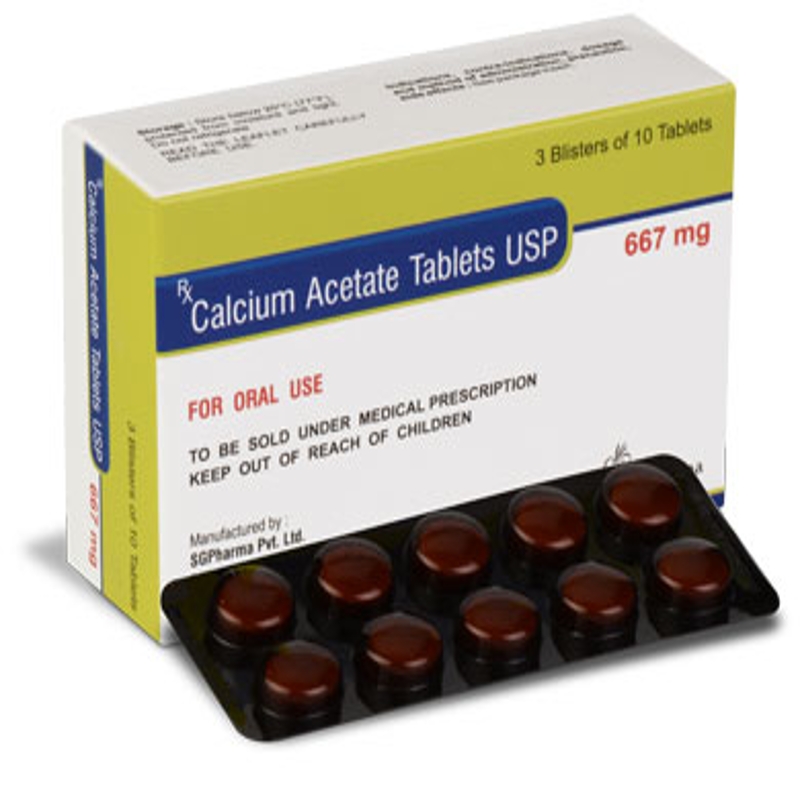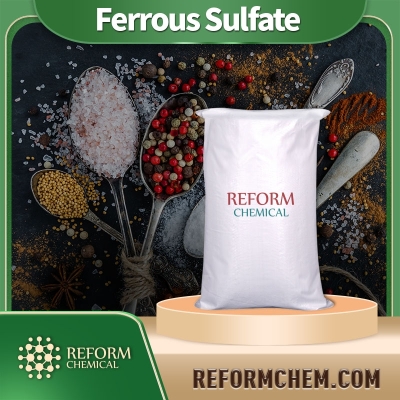-
Categories
-
Pharmaceutical Intermediates
-
Active Pharmaceutical Ingredients
-
Food Additives
- Industrial Coatings
- Agrochemicals
- Dyes and Pigments
- Surfactant
- Flavors and Fragrances
- Chemical Reagents
- Catalyst and Auxiliary
- Natural Products
- Inorganic Chemistry
-
Organic Chemistry
-
Biochemical Engineering
- Analytical Chemistry
-
Cosmetic Ingredient
- Water Treatment Chemical
-
Pharmaceutical Intermediates
Promotion
ECHEMI Mall
Wholesale
Weekly Price
Exhibition
News
-
Trade Service
The time and speed of centrifugation of clotted samples is a frequently discussed, but perhaps overlooked, issue
The time and speed of centrifugation of clotted samples is a frequently discussed, but perhaps overlooked, issue
The requirements for specimens used in the in vitro detection of coagulation are mentioned here.
APTT : [Sample requirements] Mix 9 volumes of fresh venous blood with 1 volume of trisodium citrate and fully anticoagulate
PTRP : [Specimen processing] Centrifuge at 1,500g for not less than 15min at room temperature, and separate to obtain platelet-poor plasma (platelet count <10×109 ) for testing .
TT : [Specimen processing] Centrifuge at 1,500g for not less than 15min at room temperature, and separate to obtain platelet-poor plasma (platelet count <10×109 ) for testing .
FIB-C : [Sample requirements] Mix 9 volumes of fresh venous blood with 1 volume of trisodium citrate and fully anticoagulate
NCCLS is the predecessor of the CLSI Clinical Laboratory Standardization Association.
H21-A3 is the 1998 version, and A4 was updated in 2003.
The new version H4 stipulates that plasma with a platelet count greater than 10×109/L may not be suitable for other agglutination tests (such as lupus anticoagulation, phospholipid antibodies and heparin monitoring tests, etc.
Careful classmates found that the above requirements all mentioned platelet count.
Only by knowing each other and knowing ourselves can we be confident.
The health industry standard WS/T 359-2011 document, 6.
In the "National Clinical Laboratory Operating Regulations" ( 4th Edition), Chapter 4, Section 1 " Collection and Processing of Thrombosis and Hemostasis Test Specimens" describes: Thrombosis " platelet-deficient plasma ( PPP ) can be used for most coagulation tests, Preparations must be centrifuged for 15 minutes at greater than or equal to 3000 rpm .
The requirements for the reagents and equipment of APTT in Chapter 4, Section 5 "Testing of Coagulation Factors" : " Use 109mmol /L sodium citrate solution as 1:9 anticoagulation, centrifuge at 3000r/min for 10 minutes, and obtain platelet-poor plasma.
Unified request! It seems that the obstacle that restricts the centrifugation time to obtain plasma is platelets!
In fact, knowing the pathways of each coagulation factor in the coagulation process makes it easy to understand why platelet-poor plasma is used, all because of phospholipids
In fact, knowing the pathways of each coagulation factor in the coagulation process makes it easy to understand why platelet-poor plasma is used, all because of phospholipids
.
The hemagglutination reagents we use, such as APTT and PT , have synthetic phospholipids, and the coagulation process is carried out by incubating plasma and in vitro phospholipids, triggered by activators and Ca ions .
The platelets have phospholipids, which should be eliminated; activated platelets will also release platelet factor IV that is integrated with heparin , which affects anticoagulation detection and should be eliminated; at the same time, 20% of the V factor is derived from platelets, which affects the measurement time and should be eliminated; the most common Lupus anticoagulants will combine with platelet phospholipids, resulting in false negatives and reducing APTT time.
Experiments have shown that in the case of non-standard platelet-poor plasma, the presence of moderate lupus anticoagulants will reduce 10sAPTT and should be eliminated
.
Experiments have shown that in the case of non-standard platelet-poor plasma, the presence of moderate lupus anticoagulants will reduce 10sAPTT and should be eliminated
.
Therefore, the strict centrifugal force and centrifugation time is to obtain the upper platelet-poor plasma, to ensure that there is no interference from its own phospholipids, and to obtain the most accurate results
.
.
Okay, after understanding the importance of 15min screen swiping and platelet-poor plasma, everyone should know that the coagulation sample should be centrifuged for a few minutes
.
.
leave a message here







